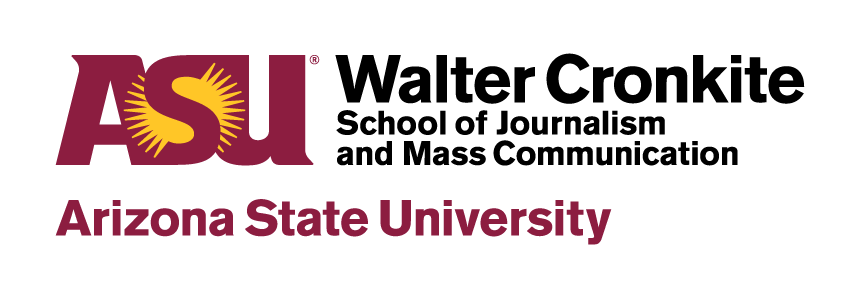People with disabilities continue to face barriers to voting that range from voter ID laws and inaccessible polling places to inaccessible election materials and untrained poll workers.
Those are among the reasons that voter turnout in the disability community lags nearly 6 percentage points behind that of nondisabled people, issues, according to the Center for American Progress.
The U.S. Government Accountability Office conducted a review of polling places during the 2016 election and found that 60 percent of those reviewed had at least one impediment to voters with disabilities. Common problems, according to a white paper issued by the Ruderman Family Foundation, include steep ramps and poor path surfaces, too-narrow doorways and inaccessible voting machines.
As more Americans vote by mail using paper ballots, counted digitally or by optical scanners, obstacles are likely to get worse, the Pew Research Center reports. Some people with disabilities cannot mark paper ballots without assistance; they rely on special voting machines equipped with earphones and other modifications.
In the run-up to the presidential election, it’s worth examining what barriers exist in your community and what, if anything, is being done to address them.
For more information:
Center for American Progress: https://www.americanprogress.org/issues/disability/news/2019/03/28/468019/reforming-elections-without-excluding-disabled-voters/
Time Magazine: https://time.com/5622652/disability-voter-turnout-2020/
Pew Research Center:https://www.pewtrusts.org/en/research-and-analysis/blogs/stateline/2018/02/01/how-voters-with-disabilities-are-blocked-from-the-ballot-box
By Susan LoTempio, board member, National Center on Disability and Journalism
Contact Susan on Twitter @slotempio or via email at slotempio@gmail.com.

